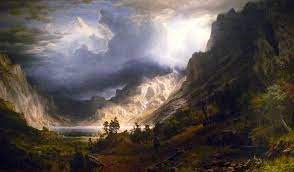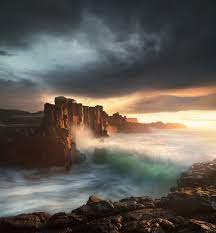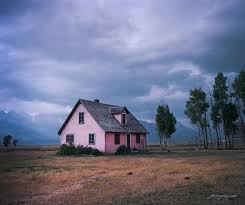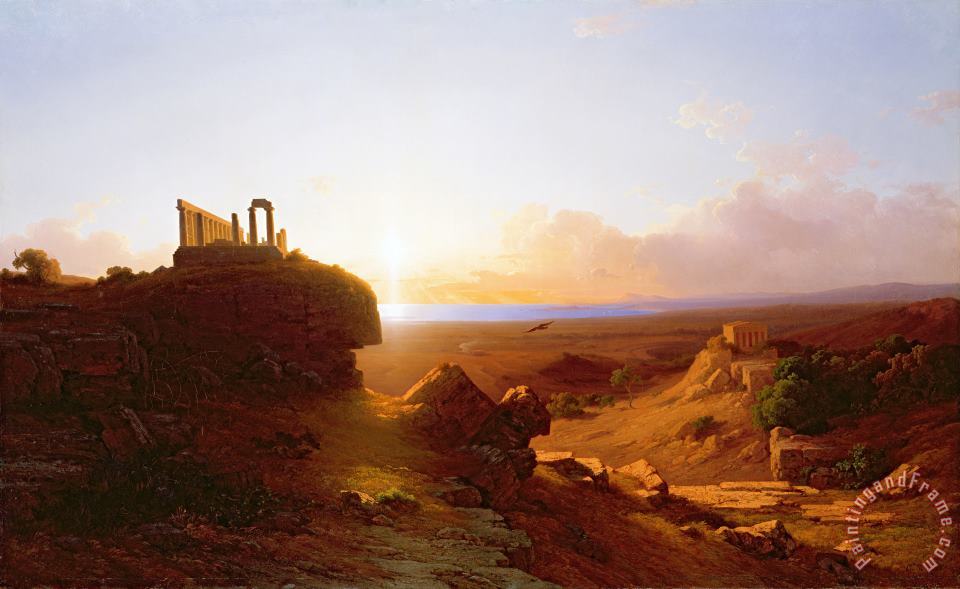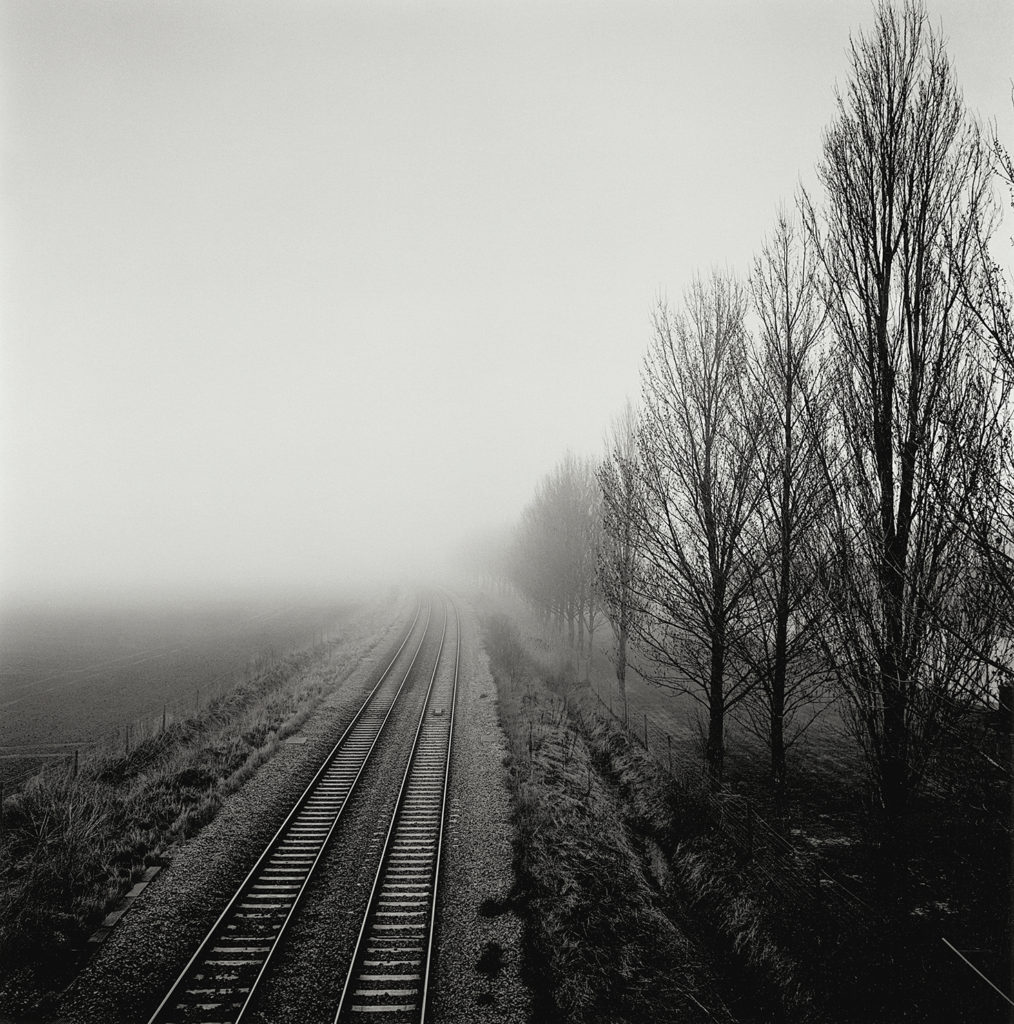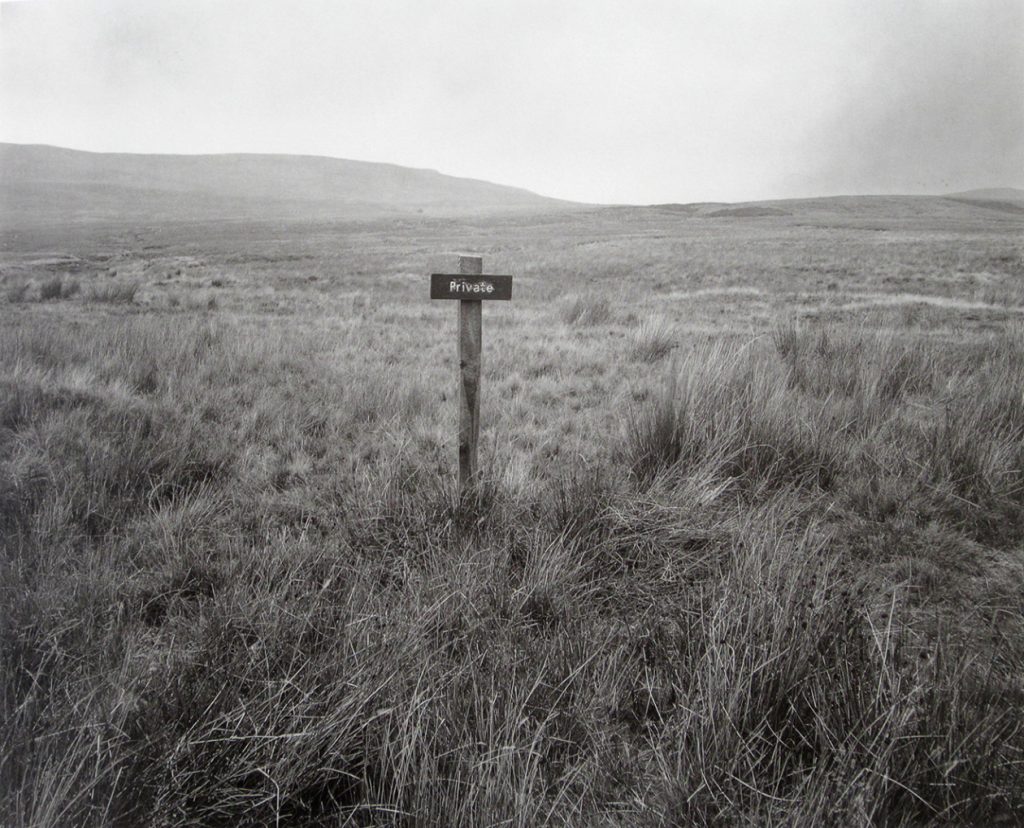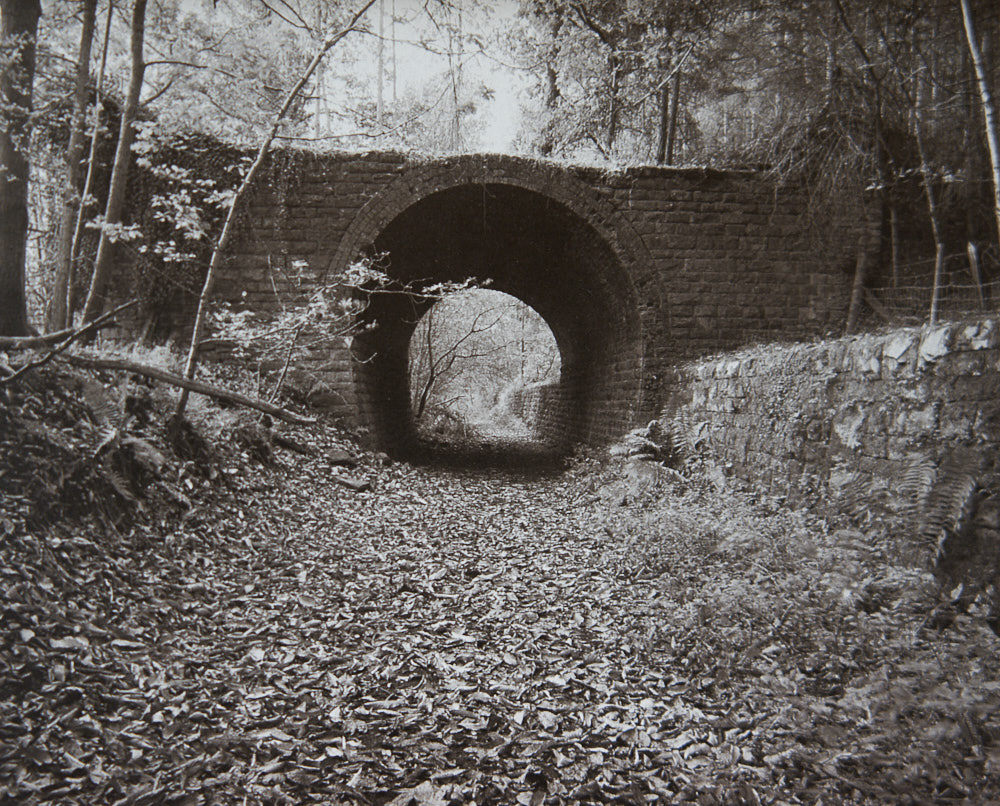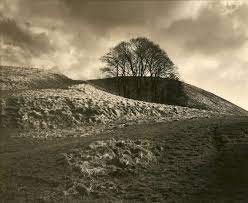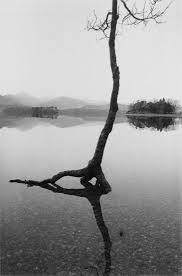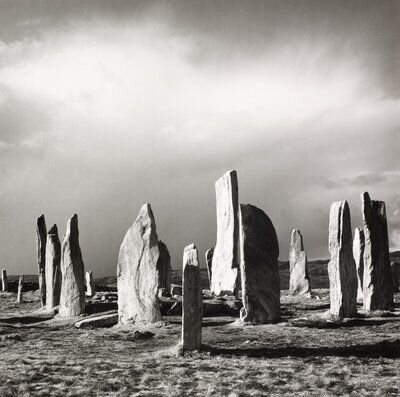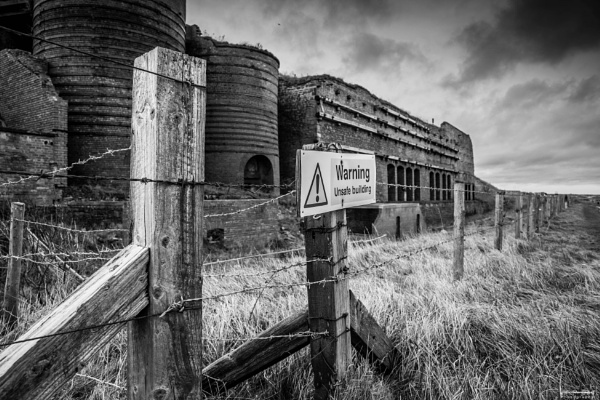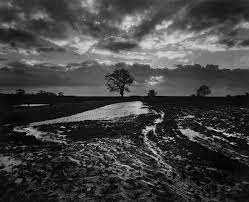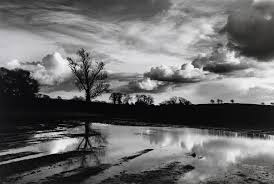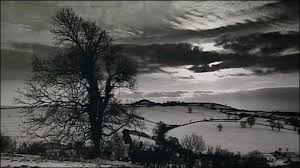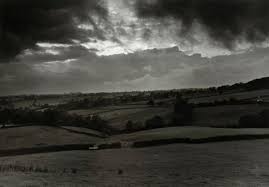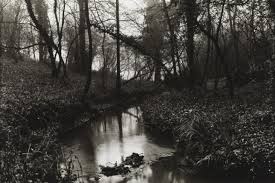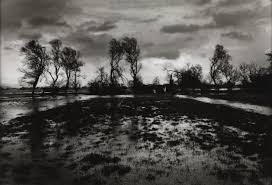Landscape photography shows the spaces within the world, sometimes vast and unending, but other times microscopic. Landscape photographs typically capture the presence of nature but can also focus on man-made features or disturbances of landscapes. Landscape photography is done for a variety of reasons.
Fay Godwin
Fay Godwin first became interested in photography in the mid-1960s as a result of taking pictures of her young children. Alongside early portrait work, she developed a sophisticated landscape practice, often collaborating closely with writers to produce in depth surveys of particular rural topics or regions. Her photography has sometimes been linked to a tradition of romantic representations of the British landscape, in the manner of Bill Brandt or Edwin Smith. But, as a socialist and active environmentalist, Godwin makes the land in her photographs reveal traces of its history, through mankind’s occupation and and intervention.
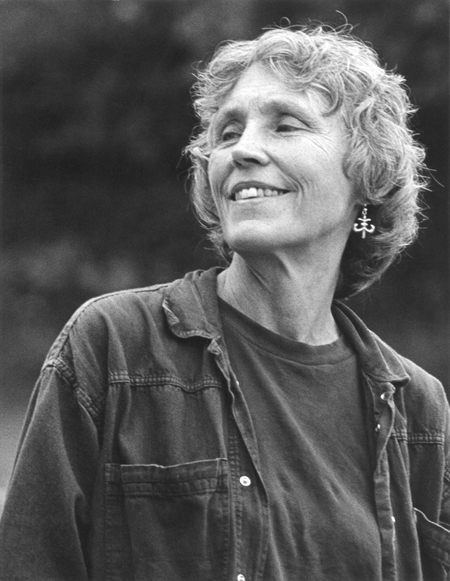
Fay Godwin started her professional career as a portrait photographer and in the 1970s and 1980s photographed a wide range of literary figures. During this period her poetic black-and-white interpretations of British scenery also established her reputation as one of Britain’s most accomplished landscape photographers.
“I’ve been working with the land for most of my life; walking it and photographing it. And I love it to bits.”
She collaborated with a number of writers and photography and literature were combined most successfully in Remains of Elmet (1979), a collection of poems and photographs produced in partnership with Ted Hughes. Her later work—particularly after receiving a fellowship from the National Museum of Photography, Film and Television at Bradford in the 1990s—was characterised by an increasing use of colour and semi-abstract compositions of natural forms.
Two of Fay’s cameras were on loan from the British library, and displayed at the National Science and Media Museum in 2010, showcasing how she created her works. There are two of Fay Godwin’s cameras on display—a Hasselblad 500C/M camera fitted with a Planar f2. 8 50mm lens and a Leica M6 camera fitted with a Summicron f2 35mm lens. Both of these cameras would have been used to produce some of the images included in the exhibition.
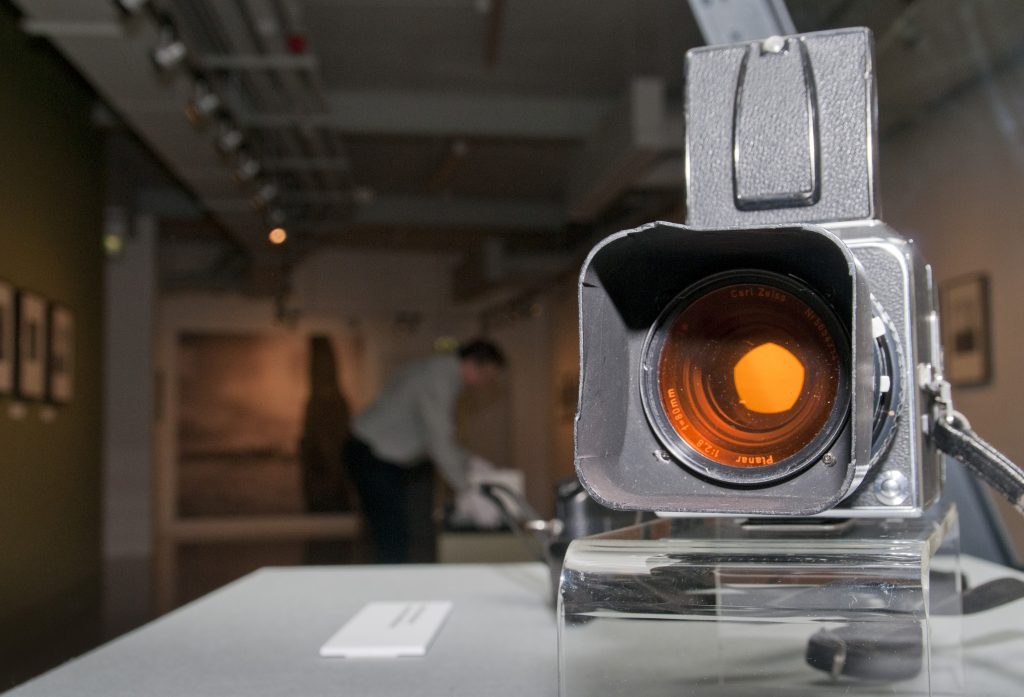
A folder containing Fay Godwin’s original negatives is also added to the display, open at the page containing her negatives for the Flooded Tree image. She made careful notes on a pencil sketch of the photograph to remind her how best to print from the chosen negative. These notes show areas highlighted to ‘hold back’ and others which need additional exposure. Such detailed attention resulted in the final exhibition print, framed and on show next to the display case.
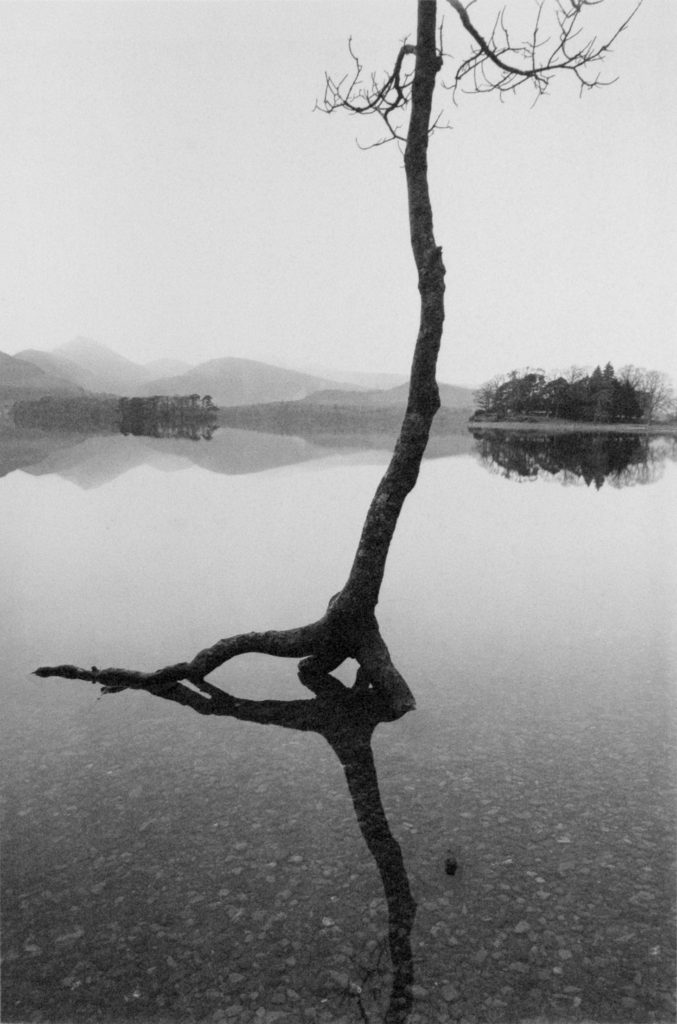
“I like photographs which leave something to the imagination.”
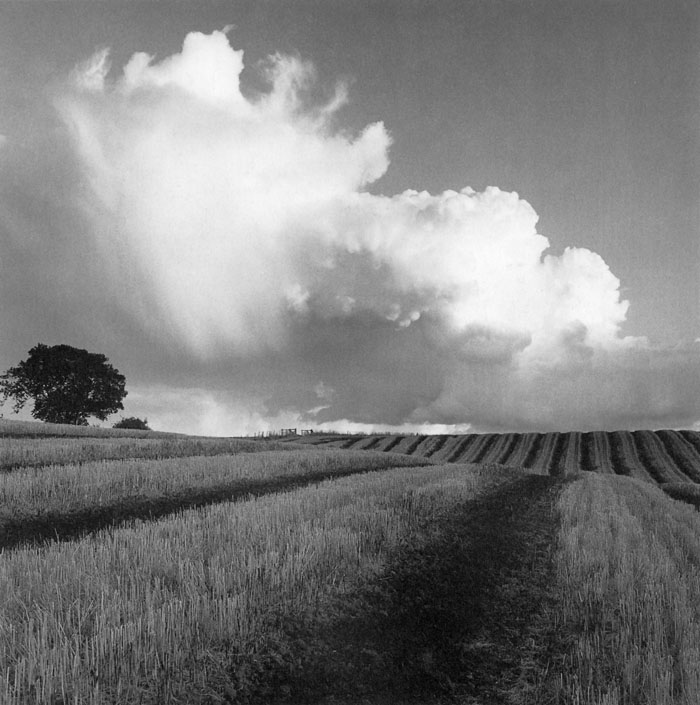
This image of Fay’s is black and white. There is strong contrast between the light and dark tones in this image – for example to the left of the image there is an area of darkness in the tree. This deeply contrasts the bright white clouds in the background of the image. The bright white sky separates clearly from the middle and foreground with the clever use of colour. Also in the middle of the image, there is a clear use of line and shape. The fields with strong lines through them create a sense of repetition in the image, as the lines continue to the foreground, becoming wider. This adds depth and dimension to the image, and creates an unusual scale and size to each part of the picture. The grain in this image also adds to the rough texture of the fields. This is a moody image and quiet feeling image, with the black and white effect creating a desolate and lonely composition.
Don Mccullin
Don McCullin is considered to be one of the greatest living photographers.. For the past 50 years he has proved himself a photojournalist without equal, documenting the poverty of London’s East End, or the horrors of wars in Africa, Asia or the Middle East. He is an incredibly versatile photographer, capable of beautifully arranged still life, soulful portraits and moving landscapes.
Following an impoverished north London childhood blighted by Hitler’s bombs and the early death of his father, McCullin was called up for National Service with the RAF. After postings to Egypt, Kenya and Cyprus he returned to London armed with a twin reflex Rolleicord camera and began photographing friends from a local gang named The Guv’nors. Persuaded to show them to the picture editor at the Observer in 1959, aged 23, he earned his first commission and began his long and distinguished career in photography more by accident than design.
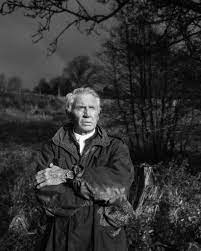
In 1961 he won the British Press Award for his essay on the construction of the Berlin Wall. His first taste of war came in Cyprus, 1964, where he covered the armed eruption of ethnic and nationalistic tension, winning a World Press Photo Award for his efforts. In 1993 he was the first photojournalist to be awarded a CBE. At home he has spent three decades chronicling the English countryside – in particular the landscapes of Somerset – and creating meticulously constructed still life all to great acclaim. Mccullin’s landscapes feature dark, moody skies that provoke feeling within the viewer – they are often of waterlogged fields and misty landscapes, which feature a clever use of water reflections and shadow. Yet he still feels the lure of war. As recently as October 2015 Don travelled to Kurdistan in northern Iraq to photograph the Kurds’ three-way struggle with ISIS, Syria and Turkey.
“Photography for me is not looking, it’s feeling. If you can’t feel what you’re looking at, then you’re never going to get others to feel anything when they look at your pictures.”
Don Mccullin

